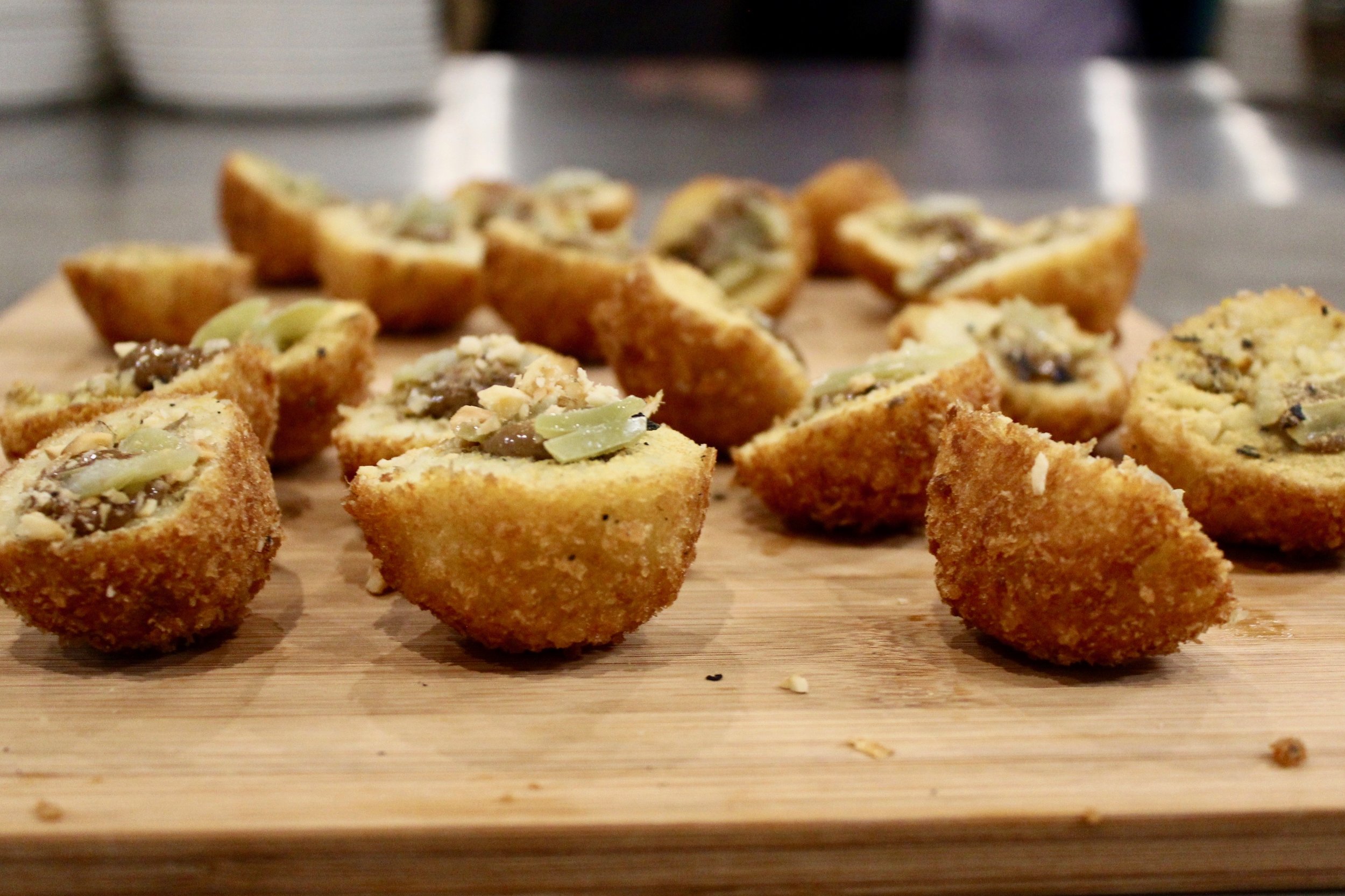Is it celery? Or is it parsley? It's got stems the texture and look of celery but it tastes strongly of parsley with a hint of the the ocean.......... its Sea Parsley.
One of the many edible plants found along the West Australian coast, sea parsley is a big favourite with chefs at the moment. Added to salads, as a garnish or to form the base of a sauce, this salty celery-flavoured parsley can be found amongst rocks and sand dunes all along the coast. It can even be grown in our gardens.
There are many other coastal greens that have been trending in Australia's best restaurants including but not limited to:
WA Samphire: Also known as Sea Asparagus, Samphire lines the coastal dunes and estuary banks in clumps of deep green fingers. It is salty and crunchy and works beautifully with fish and in small salads. Harvesting occurs between November and February and it generally turns woody and dormant in the winter months.
Dune Spinach: Also known as Barilla or Coorong Spinach, this plant is covered in time swollen water storage cells and grows extensively in beach vegetation. It is lovely sautéed and fruits in the season of Kambarang,
Crystal Ice Plant: A close cousin of Barilla, this plant is native to WA and also grows in the sand dunes. It is a green succulent, with thicker leaves than the dune spinach which turn slightly grey in the summer and has pink, yellow or white flowers tips in summer.
Pigface: One of our first blog posts introduces Pretty Pigface. To read this post click
It is always advised to seek guidance from those who can identify plants and who collect in a sustainable way with biodiversity in mind. Strict laws pertain to foraging in Western Australia and licenses should be obtained if you wish to collect these ingredients instead of using a supplier.
Coastal greens can also be grown in garden beds around Perth and Western Australia. If you would like to try your hand at growing some of your own native vegetables such as sea parsley visit the Tuckerbush website to see where you can get a hold of them and start using them in your cooking!








